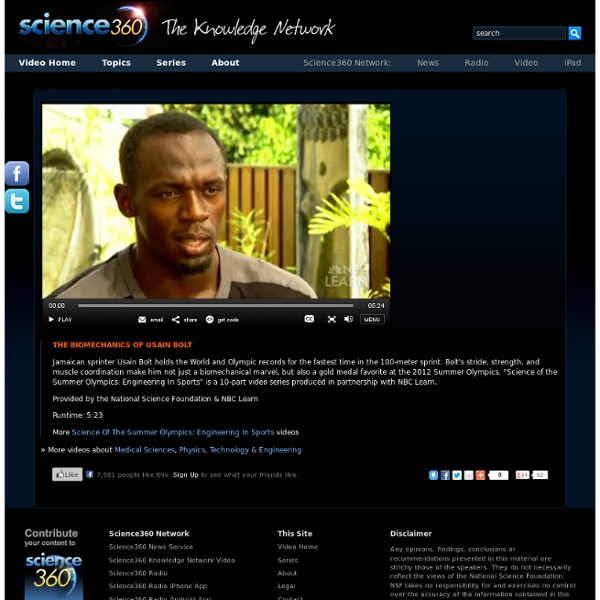Zoom
Trash
Related:



Used by medical universities Anatronica | Interactive 3D Human Anatomy | Explore Human Body The Physics of Olympic Bodies Yes, it is that time of the season that the olympics are ending. Being one of the most fascinating events to observe around the world, the Olympics is able to capture the imaginations of countries around the world. Though sometimes due to, in no small part, how freaking buff these people are. Every historical trend in world record performances has been positive, meaning that we (a very subjective word) as Olympians have only been getting harder/better/faster/stronger every year! It boggles the mind to think that every year someone one-ups the past by just enough to progress the world record. What I find even more fascinating though, is how each event in the Olympic event defines the physique of the athlete in question. ps sorry for the double-day-Olympics-Whammy Share This Infographic Get Free Infographics Delivered to your Inbox
Digital Anatomist Interactive Atlases Structural Informatics GroupDepartment of Biological StructureUniversity of Washington Seattle, Washington, USA Atlases Content: 2-D and 3-D views of the brain from cadaver sections, MRI scans, and computer reconstructions.Author: John W. SundstenInstitution: Digital Anatomist Project, Dept. Content: Neuroanatomy Interactive Syllabus. Atlas was formerly available on CD-ROM (JAVA program running on Mac and PC platform). Content: 3-D views of thoracic organs reconstructed from 1 mm cryosections of a cadaver specimen provided by Wolfgang Rauschning.Authors: David M. Atlas was formerly available on CD-ROM. Content: 2-D and 3-D views of the knee from cadaver sections, MRI scans, and computer recontructions.Author: Peter Ratiu and Cornelius RosseInstitution: Digital Anatomist Project, Dept. FAQHelp on Program UseSoftware Credits and CopyrightPrivacy and advertising policiesAbout the Structural Informatics Group
Respiratory System by Ben Leonard on Prezi